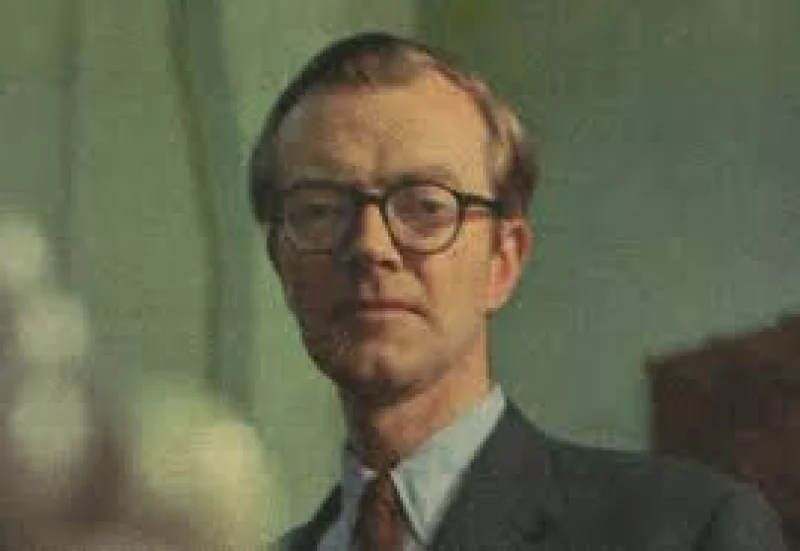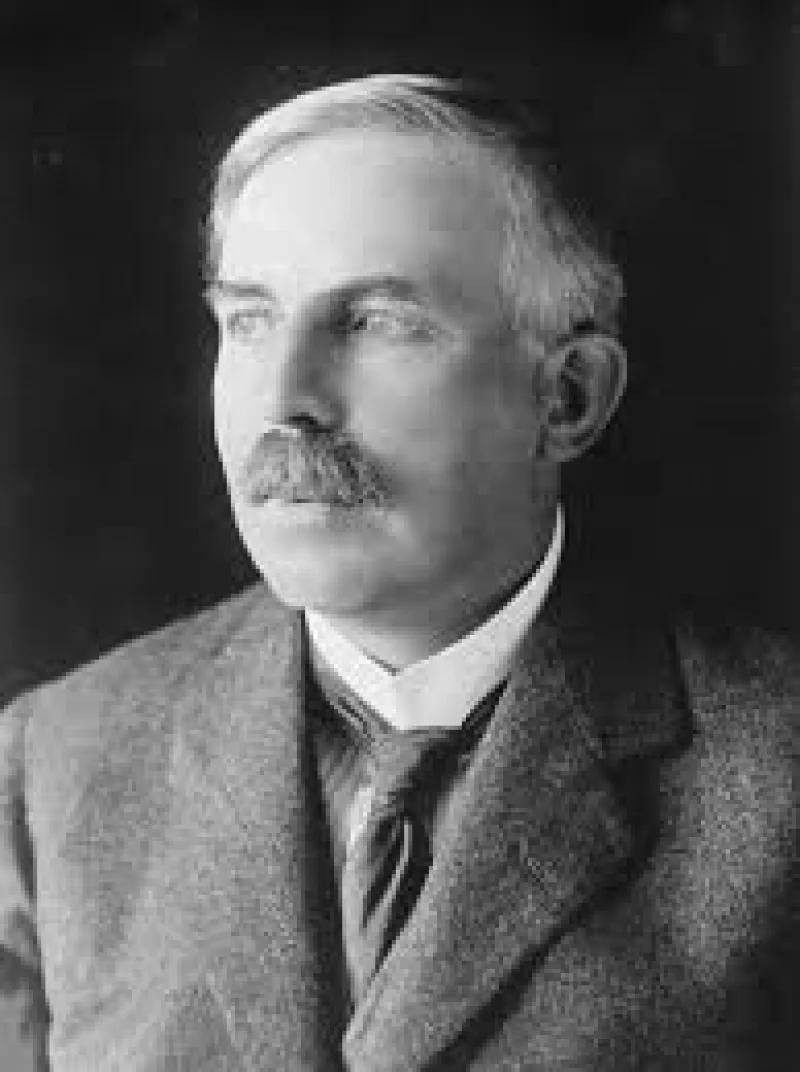Short Summary
Maurice Wilkins was a renowned physicist and molecular biologist, best known for his crucial role in the discovery of the DNA double helix structure. His collaboration with Rosalind Franklin, James Watson, and Francis Crick was pivotal in understanding the molecular architecture of DNA. Awarded the Nobel Prize in Physiology or Medicine in 1962, his work has had a lasting impact on genetics and molecular biology.
Early Life & Education
Maurice Wilkins was born on December 15, 1916, in Pongaroa, New Zealand. He was the son of Edgar Henry Wilkins, a medical doctor, and Eveline Whittaker. His family relocated to the United Kingdom when he was six years old. Wilkins attended King Edward's School in Birmingham and then went on to study physics at St. John's College, Cambridge, where he was influenced by the work of luminaries like Ernest Rutherford. He later completed his Ph.D. at the University of Birmingham under the guidance of John Randall, focusing on the luminescence of solids.
Career Highlights
Wilkins began his career as an assistant lecturer at the University of St. Andrews but soon moved on to the Manhattan Project during World War II. After the war, he joined the Biophysics Unit at King's College London, where he shifted his focus to the study of nucleic acids. His research on X-ray diffraction of DNA was instrumental in revealing its helical structure. His collaboration with Rosalind Franklin and his contributions to the discovery of the DNA double helix were critical, leading to his shared Nobel Prize in 1962 alongside Watson and Crick.
Major Achievements
- Shared the 1962 Nobel Prize in Physiology or Medicine for the discovery of the DNA structure.
- Pioneered the use of X-ray diffraction in understanding the structure of biological molecules.
- Contributed to the Manhattan Project during World War II.
Famous Quotes
- "It is essential that scientists actively engage with the public to communicate the implications of their work."
- "Science is a cooperative enterprise, and success comes from collaboration."
Interesting Facts
- He was born in New Zealand but spent most of his life in the UK.
- He initially worked on radar technology before shifting to molecular biology.
- Wilkins was a passionate advocate for the responsible use of scientific discoveries.
Legacy / Influence
Wilkins' work on the structure of DNA has had a profound impact on genetics, leading to advancements in biotechnology and medicine. His contributions have paved the way for the Human Genome Project and modern genetic research. His advocacy for ethical scientific practices continues to influence discussions on the societal implications of genetic engineering and biotechnology.
FAQ
Q: Why is Maurice Wilkins famous?
A: He is famous for his role in the discovery of the DNA double helix structure, which earned him a Nobel Prize.
Q: What was Maurice Wilkins' role in the Manhattan Project?
A: He worked on radar technology during the project, which contributed to the Allied war effort.
Q: With whom did Maurice Wilkins share the Nobel Prize?
A: He shared the Nobel Prize with James Watson and Francis Crick.











